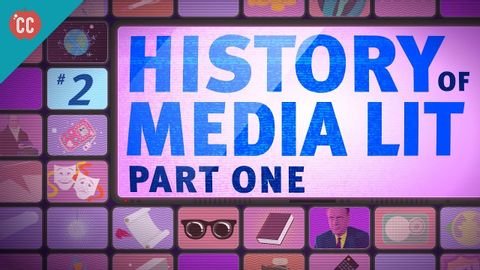假新聞到底哪裡來的?帶你看爛新聞始祖-黃色新聞學 (History of Media Literacy, part 1: Crash Course Media Literacy #2)
Chloe Chen 發佈於 2023 年 09 月 24 日  沒有此條件下的單字
沒有此條件下的單字US /ˈstrʌɡəl/
・
UK /'strʌɡl/
- v.t./i.奮鬥;掙扎;打鬥;搏鬥
- n. (c./u.)掙扎;掙扎;奮鬥;難題
- n. (c./u.)通道;接近或使用的機會;訪問
- v.t.訪問
- v.t./i.存取(資料);訪問
- adj.異性戀者;異性戀的;率直的;立刻的;直的;整齊的
- adv.筆直地;立刻地;誠實地;直接地;立即
- n.異性戀者
- v.t./i.弄直
US /ˈenʃənt/
・
UK /'eɪnʃənt/
